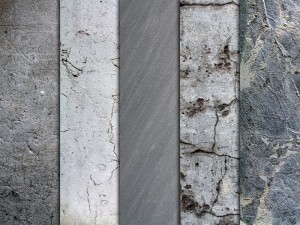BLOG
Things to Consider When Ordering Concrete
by TRP Ready Mix on July 9, 2016

Are you curious about using concrete for your next home improvement project? Whether you are building a driveway, patio, a new garage floor or stairs, it can be intimidating to order concrete for the first time. Don’t worry! A bit of basic knowledge, like learning how to use a concrete calculator, can boost your confidence and help you order the right amount and type of concrete. So to make sure you get a quality product, here are some things you should consider before ordering concrete:
Amount – Before you place an order for concrete, the most important thing you should know is how much concrete you will need. Concrete is usually measured in cubic meters or yards, which means you calculate the volume of the area needing concrete. Many ready mix concrete companies have a concrete calculator on their website, which makes this step much easier since the concrete calculator quickly determines the volume based on your length, width and depth measurements. However, you should only use the concrete calculator results as a guideline, as the amount of concrete will also depend on where it will be applied, and what type of concrete will be needed. Concrete contractors also recommend that an additional 5-10 % of concrete be ordered on top of the concrete calculator amount, as it is better to have a little bit extra concrete than to not have enough.
Strength – When ordering concrete, it is important to tell your supplier what the concrete is for, as different strengths of concrete are required depending on the purpose. In the concrete business, strength is referred to as compressive strength, and is measured in pounds per square inch (psi). A compressive strength of 4,000 psi (meaning the concrete can handle a 4,000 lb load per square inch without failure) is usually adequate. Climate must also be considered when factoring in the strength of your concrete. If you live in a region with freeze/thaw cycles, it is recommended that your concrete contain 5 % air entrainment. This simply means the supplier will add a chemical to the concrete to trap air, which helps the concrete withstand the expansion and contraction that occurs during freezing and thawing.
Aggregate and Slump – Two terms you may come across when discussing the mix of concrete needed are aggregate and slump. Aggregate refers to the size of the coarse aggregate needed in the concrete. The size of coarse aggregate required will depend on the spacing of reinforcement bars, and the dimensions of the area, but a size of ¾ – 1 inch is generally used. Slump is the term used to describe the consistency of concrete when it’s being applied, is measured in inches and is determined by the spacing of reinforcement bars as well as the slope of the project area. Most home improvement projects will require a slump of between 1-4 inches.
With these things taken into consideration, ordering concrete should be a much more straightforward thing to remove from your to-do list!
